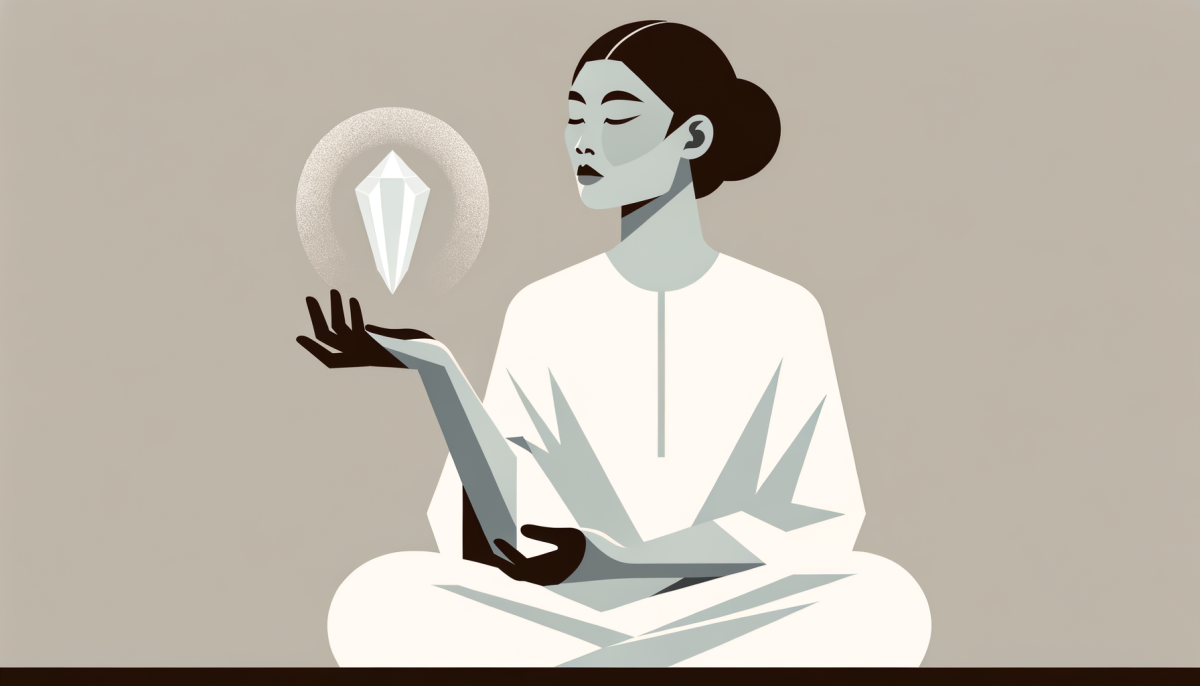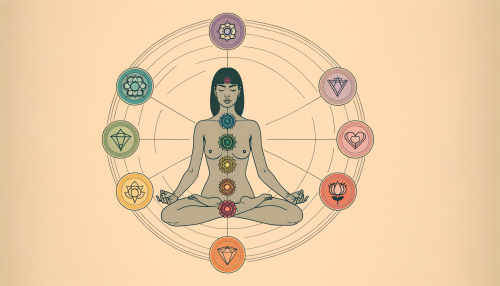Introduction
In the vast realm of alternative therapies, crystal healing has emerged as a fascinating topic, sparking a spectrum of reactions from outright skepticism to fervent belief. The practice, which involves the use of crystals and gemstones to promote physical and emotional healing, has been around for centuries, yet it remains shrouded in mystery and controversy. This article aims to delve into the heart of the matter, exploring the fundamentals of crystal healing, the scientific evidence supporting or refuting it, and personal experiences of those who have tried it.
Crystal Healing Basics

Crystal healing is a holistic, non-invasive, vibrational energy-based system of healing. This practice is rooted in the belief that crystals and gemstones, owing to their unique molecular compositions, can emit specific vibrational frequencies. These frequencies are said to interact with the body’s energy field or chakras, helping to restore balance and stimulate the body’s natural healing mechanisms.
The process of crystal healing typically involves placing specific crystals on or around the body in a grid-like pattern or using them in meditation. The choice of crystals used is often tailored to the individual’s specific needs and can be influenced by factors such as the person’s energy levels, emotional state, or physical condition.
Despite its ancient roots, crystal healing has seen a resurgence in popularity in recent years, with many people drawn to its promise of promoting relaxation, enhancing well-being, and even alleviating physical ailments. However, it’s important to note that while crystal healing can complement traditional medical treatments, it should not be used as a substitute for professional medical advice.
Scientific Evidence
The scientific community remains largely skeptical of crystal healing, primarily due to a lack of empirical evidence supporting its efficacy. Most studies conducted on crystal healing have been small-scale, and their results have often been inconclusive or contradictory.
One of the main criticisms leveled against crystal healing is that any perceived benefits are likely the result of the placebo effect. This psychological phenomenon occurs when a person experiences an improvement in their condition simply because they believe the treatment will work, not because the treatment itself has any therapeutic value.
However, it’s worth noting that while the healing properties of crystals may not be scientifically proven, the placebo effect itself is a well-documented and powerful force in medicine. In fact, some researchers argue that if crystal healing can harness the placebo effect to promote well-being and alleviate symptoms, it may still hold value as a complementary therapy.
Personal Experiences
Despite the lack of scientific evidence, many individuals swear by the healing power of crystals, citing personal experiences as proof of their efficacy. These anecdotes often involve feelings of increased energy, reduced stress, improved focus, or relief from physical ailments after using crystals.
For instance, some people report feeling a warm sensation, a pulsing energy, or a sense of calm when holding certain crystals. Others claim that crystals have helped them cope with anxiety, depression, insomnia, and other health issues. However, it’s important to remember that personal experiences are highly subjective and can be influenced by a variety of factors, including one’s beliefs, expectations, and emotional state.
Conclusion
In conclusion, the healing power of crystals remains a contentious issue. While believers attest to their therapeutic benefits, the scientific community calls for more rigorous, large-scale studies to validate these claims. Ultimately, whether crystal healing is fact or fiction may depend largely on one’s personal beliefs and experiences. As with any alternative therapy, it’s crucial to approach crystal healing with an open mind, but also with a healthy dose of skepticism, always prioritizing professional medical advice for serious health concerns.





